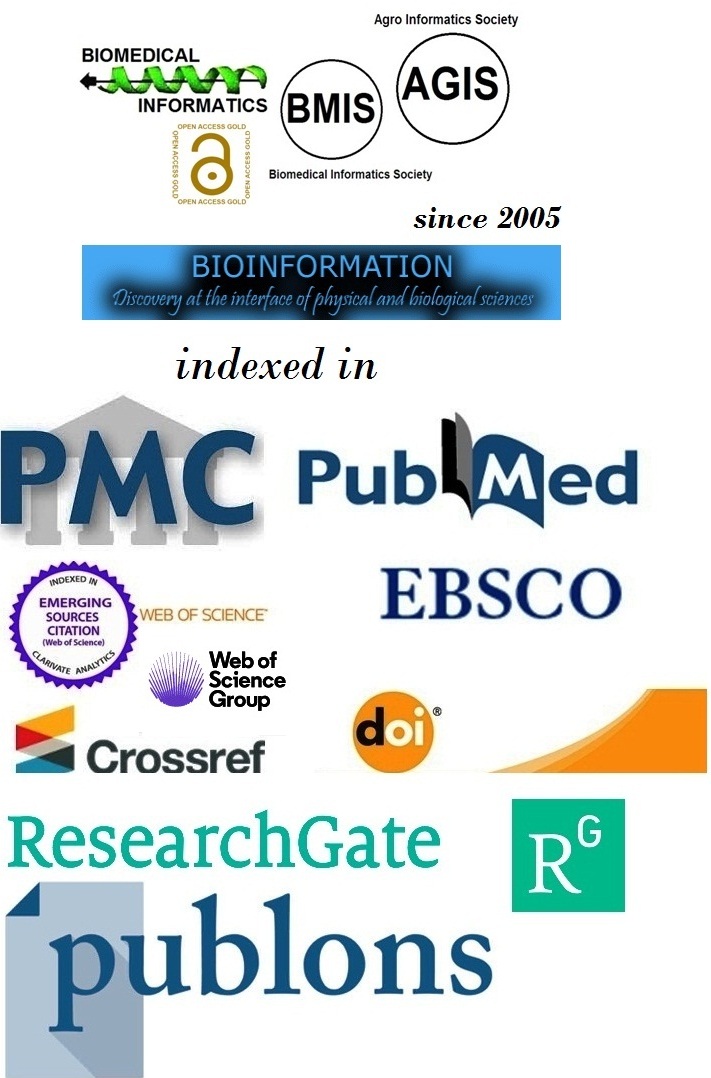Title
Authors
PN Savitha*, 1, Swati Solanki2, Mukesh Soni2, Rahul Anand Razdan3, Alka Gupta2 & Khushali Nitin Patel4
Affiliation
1Department of Prosthodontics & Crown and Bridge, The Oxford Dental College, Bengaluru, Karnataka, India; 2Department of Prosthodontics & Crown and Bridge, Government College of Dentistry, Indore, Madhya Pradesh, India; 3Department of Prosthodontics & Crown and Bridge, Index Institute of Dental Science, Indore, Madhya Pradesh, India; 4Department of Prosthodontics & Crown and Bridge, AMC Dental College and Hospital, Ahmedabad, Gujarat, India; *Corresponding Author
PN Savitha - E - mail: drsavithapn@gmail.com; Phone: +91 9901990820
Swati Solanki - E - mail: swatipcds@gmail.com; Phone: +91 7668867773
Mukesh Soni - E - mail: drmukesh.sony@gmail.com; Phone: +91 9425012385
Rahul Razdan - E - mail: rahulrazdan786@gmail.com; Phone: +91 7869584730
Alka Gupta - E - mail: dr.alka2000@gmail.com; Phone: +91 9826290293
Khushali Nitin Patel - E - mail: khushali9patel@gmail.com; Phone: +91 8128946080
Article Type
Research Article
Date
Received October 1, 2024; Revised October 31, 2024; Accepted October 31, 2024, Published October 31, 2024
Abstract
The choice of abutment material plays a critical role in peri-implant tissue health and the esthetic outcome of fixed prosthodontics. Various materials, such as titanium, zirconia, and gold alloy, offer different mechanical and biological interactions with the peri-implant tissues, influencing clinical outcomes. However, the long-term impact of these materials on peri-implant soft tissue response and esthetic appearance remains debated. A randomized controlled trial was conducted involving 90 patients requiring single-tooth implant-supported prostheses. Patients were divided into three groups, with 30 participants each receiving abutments made of titanium, zirconia, or gold alloy. Clinical parameters such as probing depth, bleeding on probing, plaque index, and peri-implant soft tissue thickness were recorded over 12 months. Esthetic outcomes were assessed using the pink esthetic score (PES) and white esthetic score (WES). After 12 months, titanium abutments exhibited a mean probing depth of 2.2 ± 0.4 mm, with a bleeding on probing (BOP) percentage of 25%. Zirconia abutments showed significantly lower peri-implant inflammation with a probing depth of 1.9 ± 0.3 mm and BOP of 10%. Gold alloy abutments demonstrated intermediate values with a probing depth of 2.1 ± 0.3 mm and BOP of 15%. Esthetic evaluation revealed that zirconia abutments provided the highest PES/WES score (mean PES = 12.5 ± 1.1, WES = 13.2 ± 1.0), followed by gold alloy (PES = 11.8 ± 1.2, WES = 12.5 ± 1.3), and titanium (PES = 11.2 ± 1.4, WES = 11.8 ± 1.5). Zirconia abutments offer superior peri-implant soft tissue health and esthetics compared to titanium and gold alloy abutments. Clinicians should consider zirconia as the material of choice for optimal biological and esthetic outcomes in fixed prosthodontics. However, further long-term studies are needed to validate these findings.
Keywords
Abutment material, titanium, zirconia, gold alloy, peri-implant tissue health, fixed prosthodontics, esthetic outcome, implant-supported prostheses.
Citation
Savitha et al. Bioinformation 20(10): 1340-1344 (2024)
Edited by
Hiroj Bagde MDS, (PhD), PGDCR, PGDHHM, PGDL, PGDM
ISSN
0973-2063
Publisher
License
This is an Open Access article which permits unrestricted use, distribution, and reproduction in any medium, provided the original work is properly credited. This is distributed under the terms of the Creative Commons Attribution License.
